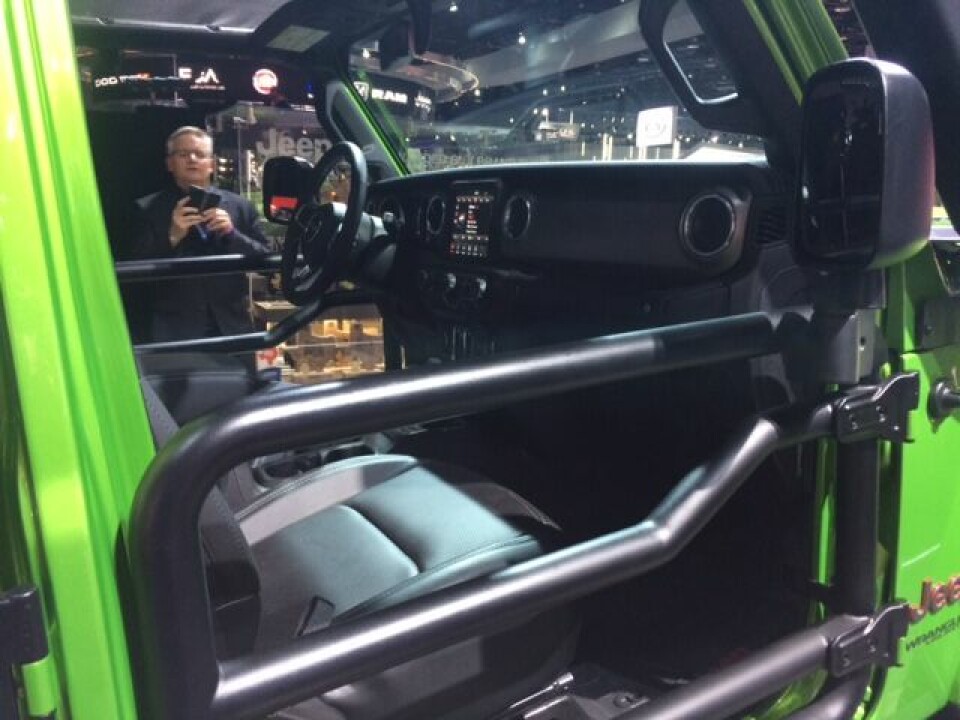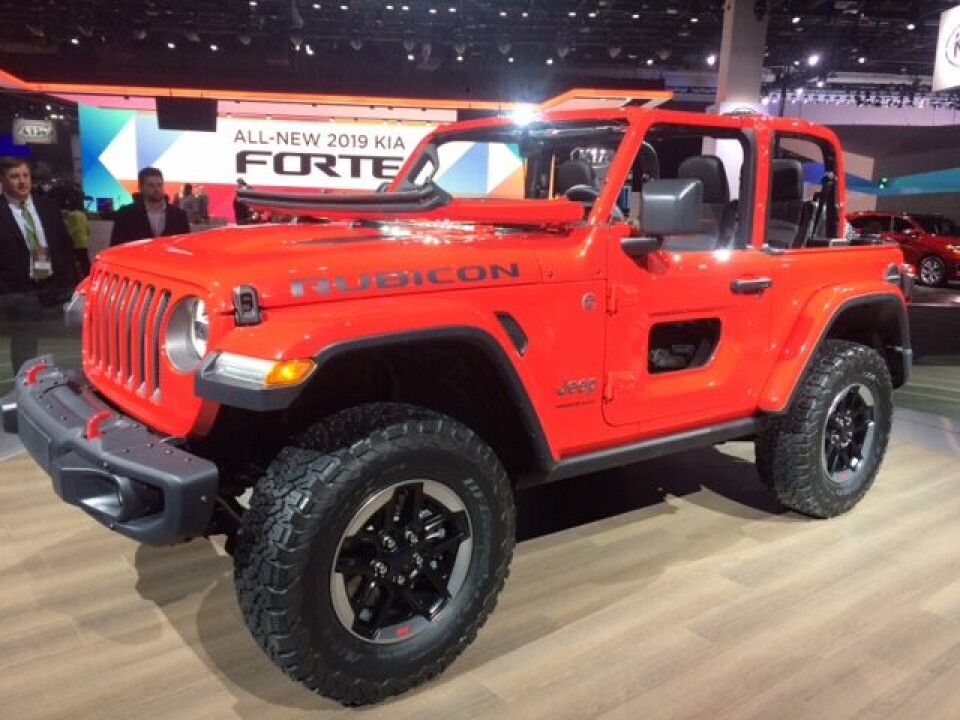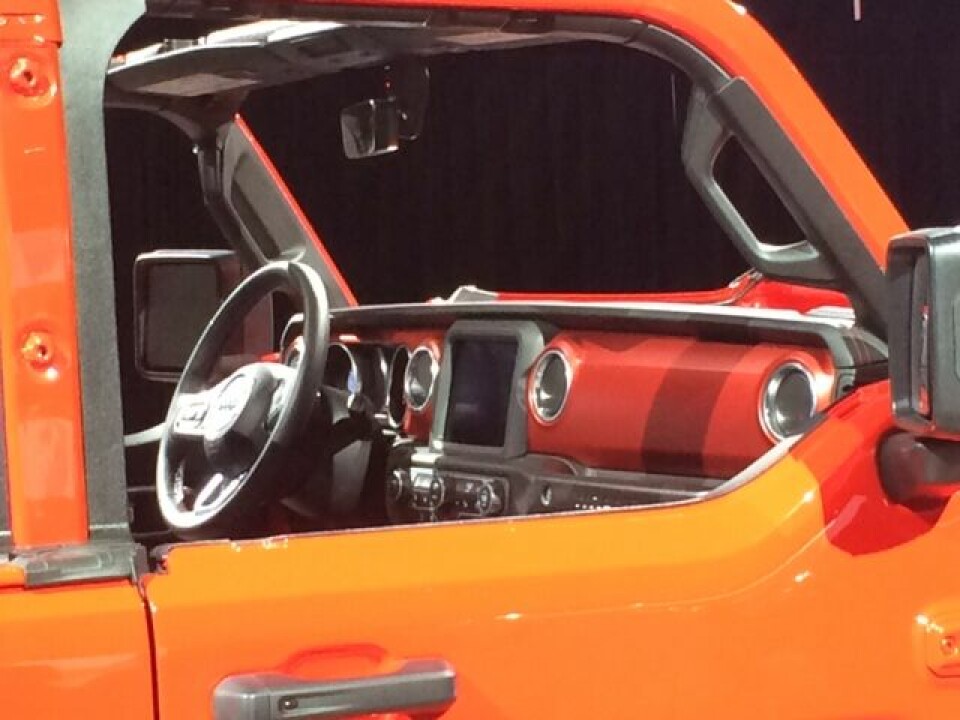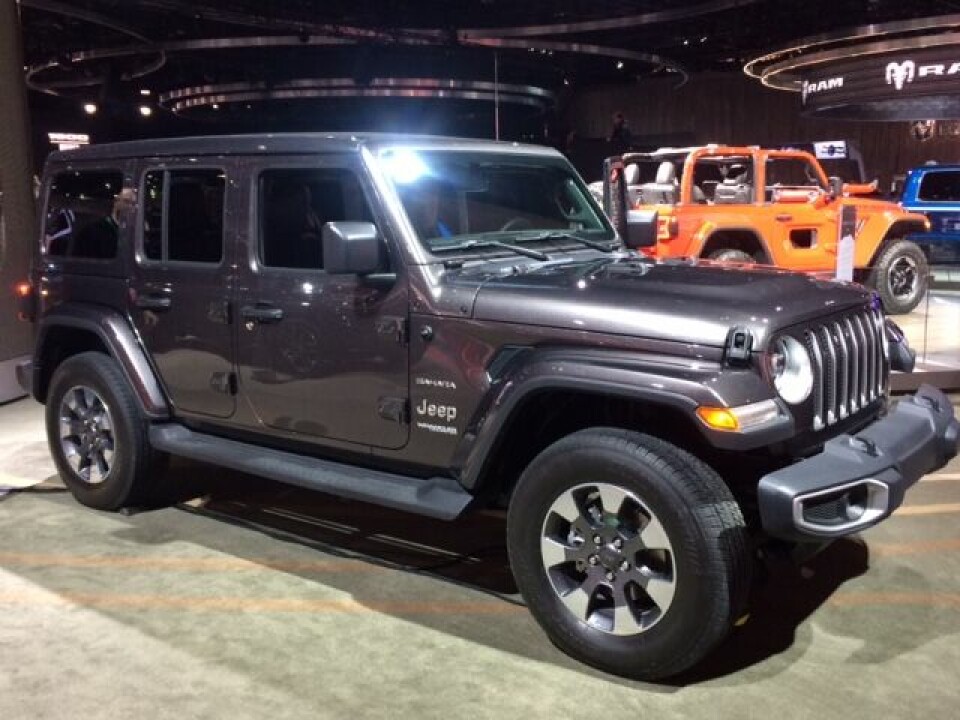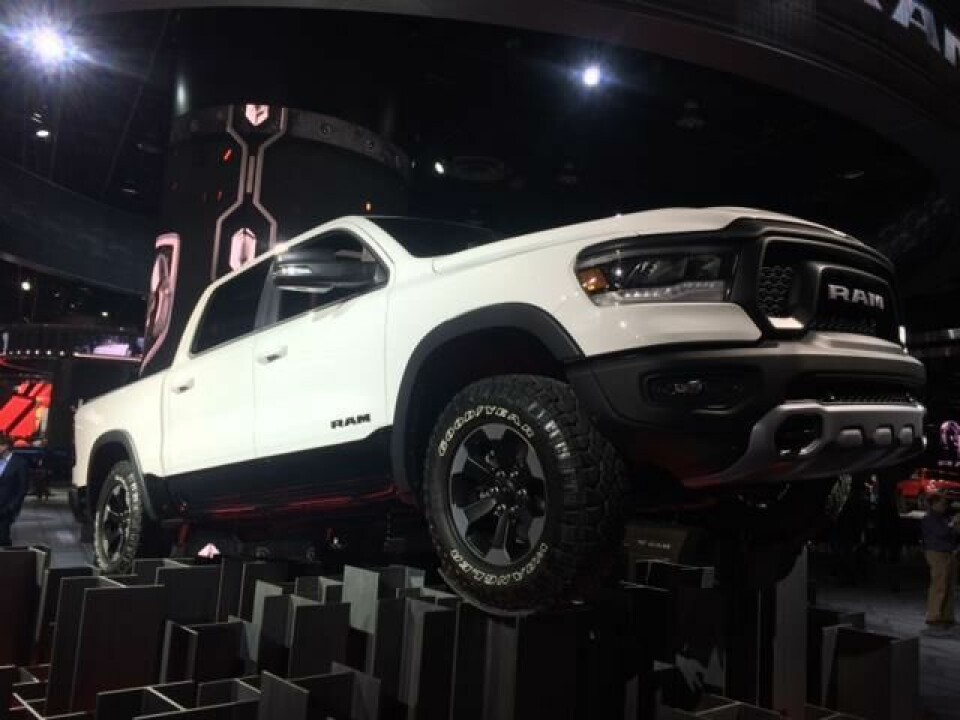
Detroit 2018: Dodge Ram and Jeep Wrangler, firm members of the FCA family
We chat with FCA design chief Ralph Gilles about modernising these all-American icons under the auspices of the Fiat-Chrysler family
“I love that what we do at FCA, we have not only a lot of very different brands, but very different markets that we serve, so I really have to trust the people that work for me to love in those markets, understand those customers,” says Ralph Gilles, head of design, Fiat Chrysler Automobiles, explaining how he works across an exceedingly diverse range of brands and models.
“It’s an education for me… we had to show the Italians what Jeeps were, they had to show us what Alfa Romeos were, but it’s been awesome.” He says there are core tasks across the whole line-up, nonetheless. “I think for me the call to arms is perceived quality, the first impressions: really trying to underscore the quality, that’s what wins the game at the end of the say. So in design, we have systems that we share, lessons learnt in interior quality, finishes, the kind of stuff that the customer doesn’t really know why they like something, it’s an emotional thing. That’s one constant.”
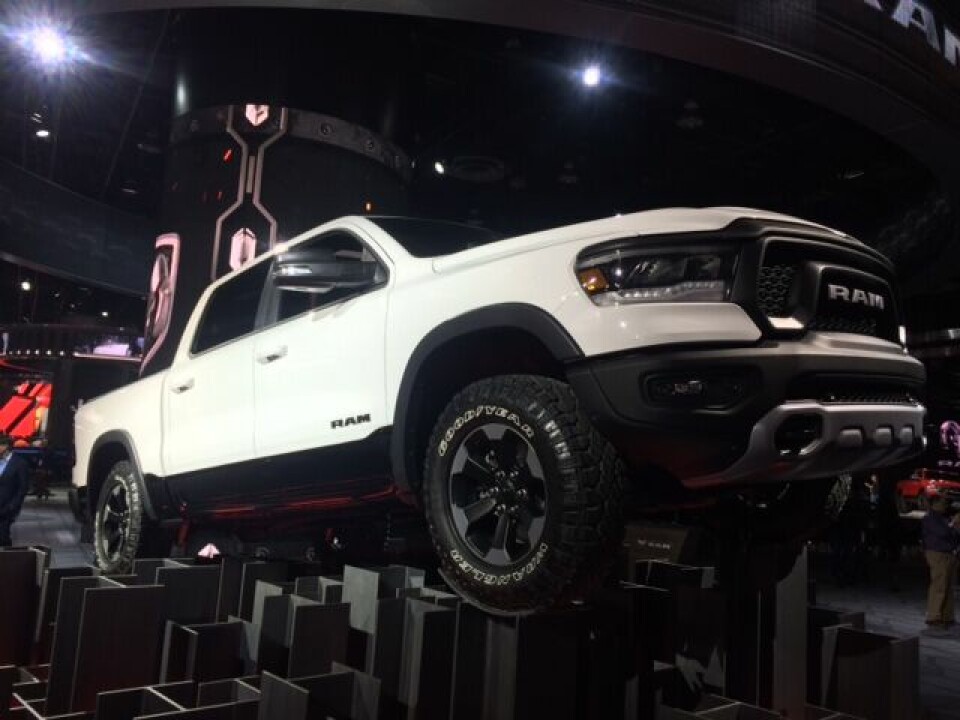
FCA is seeing increased design fine-tuning for individual markets and regions too, as the model line-ups grow across the various brands and in some cases, new types of vehicle are introduced to each - the Stelvio SUV for Alfa, for example, or the growing range of small B- and C-sector Jeeps.
For the designers on the ground for each brand, “they take very little direction, they just seem to intuitively know what to do,” says Gilles. “That’s what makes them great designers, they just understand the product. What we try to do is have them live a day in the shoes of the customer: if it’s a Jeep we send them off-roading, if it’s an Alfa Romeo we send them to Milan to the Arese museum. I don’t like to design and throw away the heritage, that’s ridiculous.”
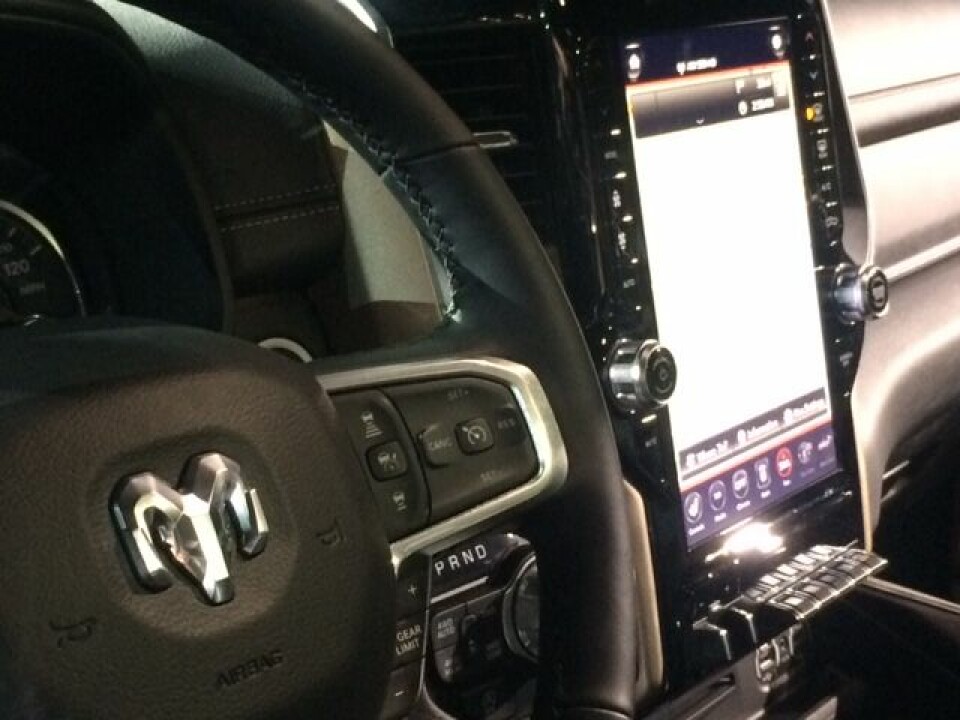
How, then, do you update a vehicle like the Dodge Ram, FCA’s headline launch in Detroit? “It’s been a while since we’ve redone that,” says Gilles. “We’ve been reiterating that and fanning out its personality in the last, I’d say, eight years.” By that, he means developing a series of special-edition ‘buzz models’, which have then been absorbed into the mainstream showroom line-up.
There’s a slightly different approach this time around, however: “it was a challenge to do all that from the beginning, we had to design the vehicle [from scratch] with that in mind - it made us design it in a much more modular way, so it’s easier to flex its personality,” he explains.
This fresh start also ensured that the Ram’s new mild-hybrid powertrain tech was accommodated and “really seamlessly integrated, nothing that we had to worry about. The batteries are hidden behind the seats, you can’t even see them.” Check out, too, the 12-inch central Uconnect display screen - it’s as super-size as the Ram itself.

The latest Jeep Wrangler (first seen last year in Los Angeles) was perhaps more comprehensively reworked, however, not least with its connected tech bringing it into the digital age. “The Wrangler, we’ve reinvented in the way that it needs to be reinvented,” says Gilles. “There’s nothing wrong with the format, we love it, the silhouette of the Wrangler is very special, but it’s been reinvented, every square inch has been rethought.”
A key part of that process was the build of bespoke concept vehicles for Jeep’s annual off-road ‘safari’ event in Moab, Utah, he says. “We’ve been doing it for over 15 years, and every time those vehicles are done by the designers as concept cars. They have little ideas in them, little innovations, every year we do five to eight [concept] builds, so there’s a lot of interesting ideas, a lot of them ended up in the new Wrangler. We have a great bank of ideas to draw from, it’s very creative.”
Highlights from the Moab cars making it to production (in different versions) include “the ‘donut’ doors [with cut-out section, as seen on the orange Rubicon soft-top, below], the integrated roll cage, the full easy-drop windows, the two-height fenders… I could go on and on! The LED lights, they’re really like sculpture pieces. The integrated snorkel exit on the hood: that’s built in to save us having to cut it out, a lot of stuff like that.” Gilles points to the importance of “just experimenting, and a really deep understanding of off-roading.”
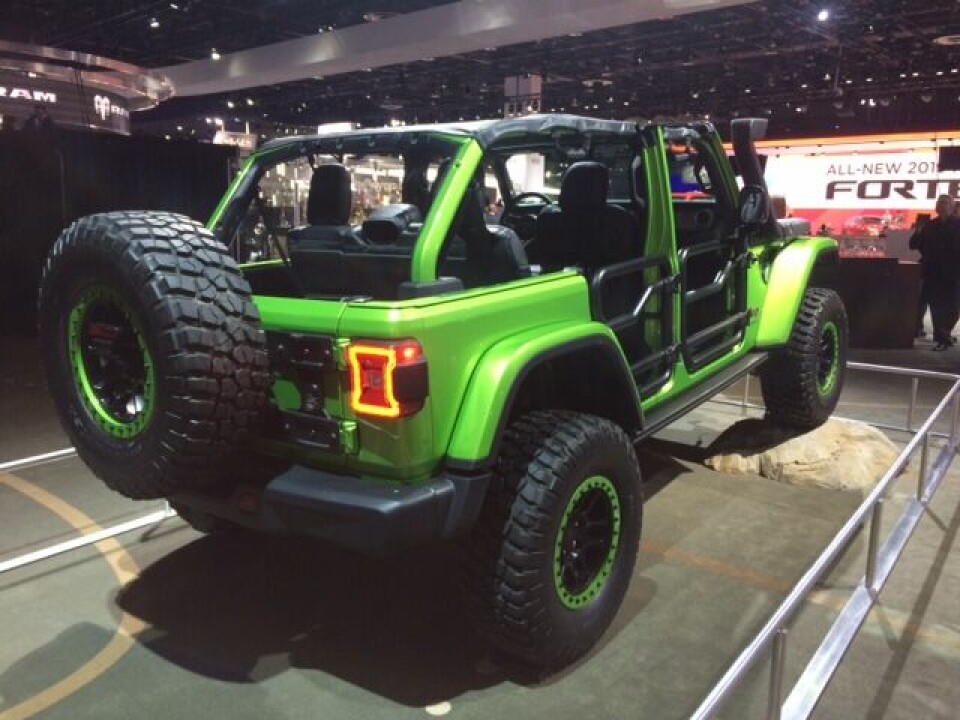
Yet Jeep too has tapped into the new global capabilities across FCA. “When we’ve had a new Jeep like the Renegade, we’ve opened up the sketching to the [studios in] the different regions of the world, just to see what they would think it should be,” Gilles says. “Ultimately the design was done by Americans, but we always open it up: we give the opportunity to sketch and to give us some ideas. It’s hilarious sometimes, to see an Italian sketch a Jeep, because they have a certain perception of what a Jeep should be, so it’s neat to see!”
